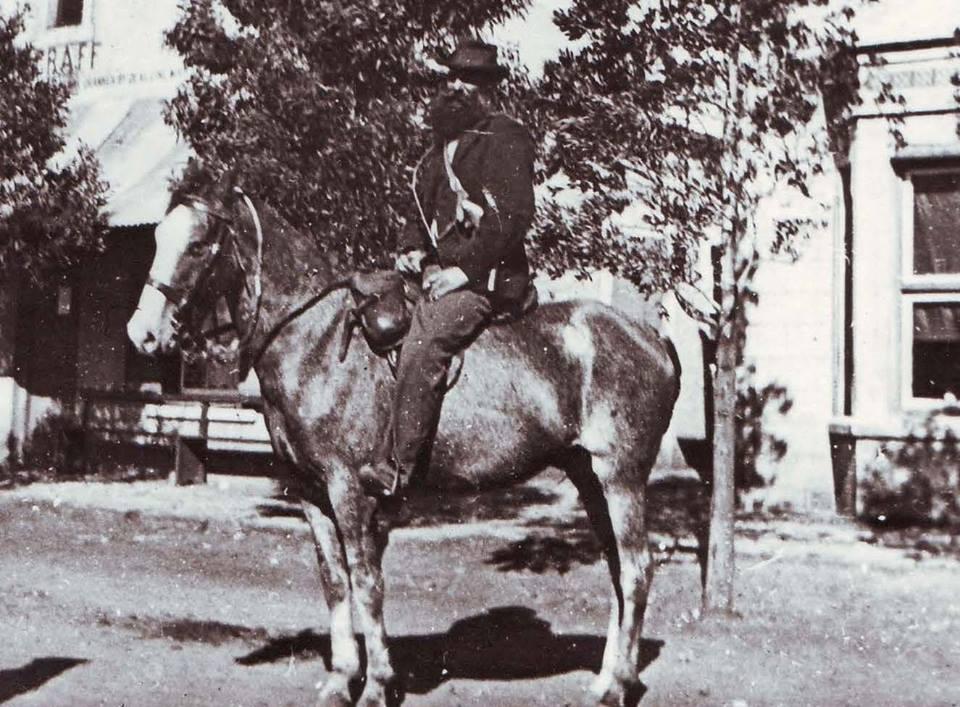
Continent: Africa
Country: South Africa
Weight: 400 – 500 kg
Height: 140 – 155 cm
The Cape Horse is an old South African breed, resulting from crossbreeding between oriental horses (notably Arab-Barb), Criollo, and European breeds imported by settlers from 1652 onward. Developed in the Cape Colony region, it accompanied the expansion of Boer settlers during the Great Trek. Rustic, enduring, and resistant to disease, the breed is closely tied to the history of colonization and the Anglo-Boer wars. Its extinction around 1900 makes it today a symbolic and historically significant lost breed in South African equine heritage.
Historically, the Cape Horse was bred in the Cape Colony region, especially around Cape Town and nearby farming areas. It was also found in the Orange Free State and parts of the Transvaal, where Boer settlers continued breeding after the Great Trek. These harsh environments contributed to the selection of a rugged and enduring horse. Breeding declined and disappeared by the early 20th century, but these historical regions remain linked to its descendant breeds.
The Cape Horse played a fundamental role in the genetic development of South African horse breeds. Though now extinct, it is the founding ancestor of several lines such as the Cape Boer, South African Boer, Nooitgedacht, Namaqua, Basuto, and Cape Carriage Horse. Selected for its hardiness, resistance to African diseases, and calm temperament, it passed these traits on to its descendants. It remains a genetic cornerstone in the history of horse breeding in Southern Africa.
Also known as Boerperd or Hantam, the Cape Horse was one of the first horse breeds developed in South Africa. It originated from crosses between oriental horses (notably Arab-Barb), Criollo, Thoroughbred, and Hackney horses imported by settlers from 1652 onward.
It accompanied European colonial expansion and became the emblematic horse of the Boers during the Great Trek. Selected for its robustness, disease resistance, and docility, it served as both a working horse and a military mount during the Anglo-Boer wars.
During the 1899–1902 war, British forces targeted the breed as a strategic asset, carrying out mass captures and deliberate culling. Epidemics and uncontrolled crossbreeding also contributed to its gradual extinction around 1900.
In the following decades, several modern breeds—such as the Cape Boer, South African Boer, and Nooitgedacht—were created in reference to the original type. Though some breeders claim to maintain ancient bloodlines, the historic Cape Horse is officially considered extinct.
The Cape Horse was known for its calm temperament and high reliability. Shaped by natural and utilitarian selection, it showed excellent docility while retaining the vigor needed for long, demanding tasks. Easy to handle, it was appreciated for its gentleness, stress resistance, and mental endurance, making it a favored mount for both agricultural work and military use.
As the Cape Horse is an extinct breed, no direct development can be considered. However, its genetic legacy survives in several modern South African breeds, such as the South African Boer and the Nooitgedacht, which emerged from partial reconstruction efforts or historical inspiration. Some breeders still claim to preserve ancient bloodlines, though their authenticity is not scientifically proven. The Cape Horse remains a strong cultural and symbolic reference in South African equine history.
The Cape Horse was renowned for its exceptional hardiness and natural resistance to African equine diseases, making it highly valuable in harsh environments. No known genetic predispositions or inherited health problems were documented, partly due to natural selection and the absence of over-specialization. No specific hereditary issues are known today, especially due to the lack of a studbook and the early disappearance of the breed.